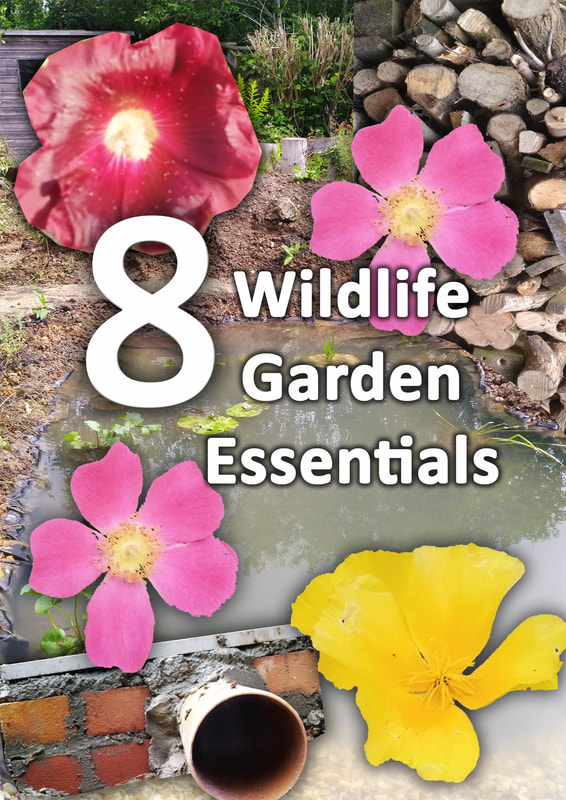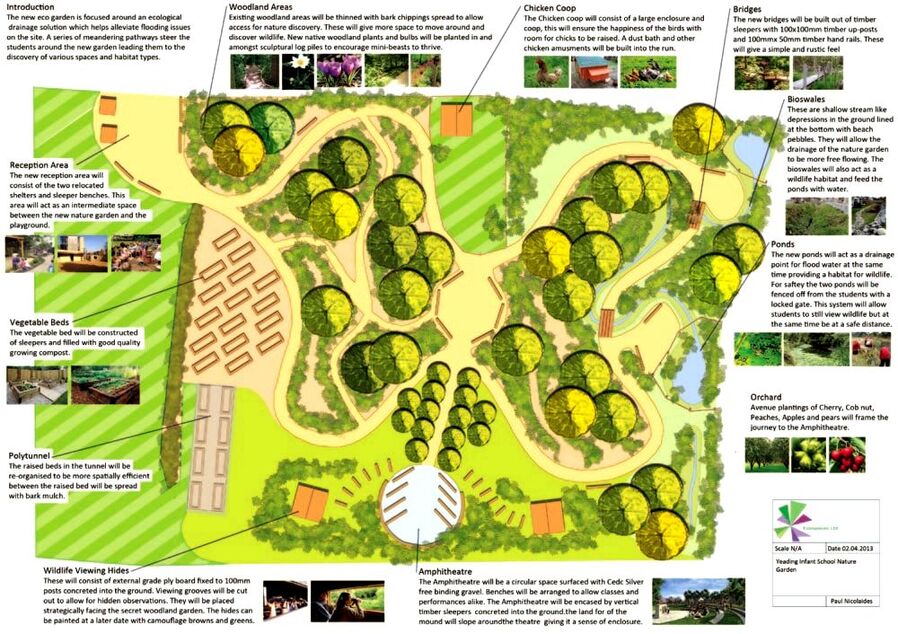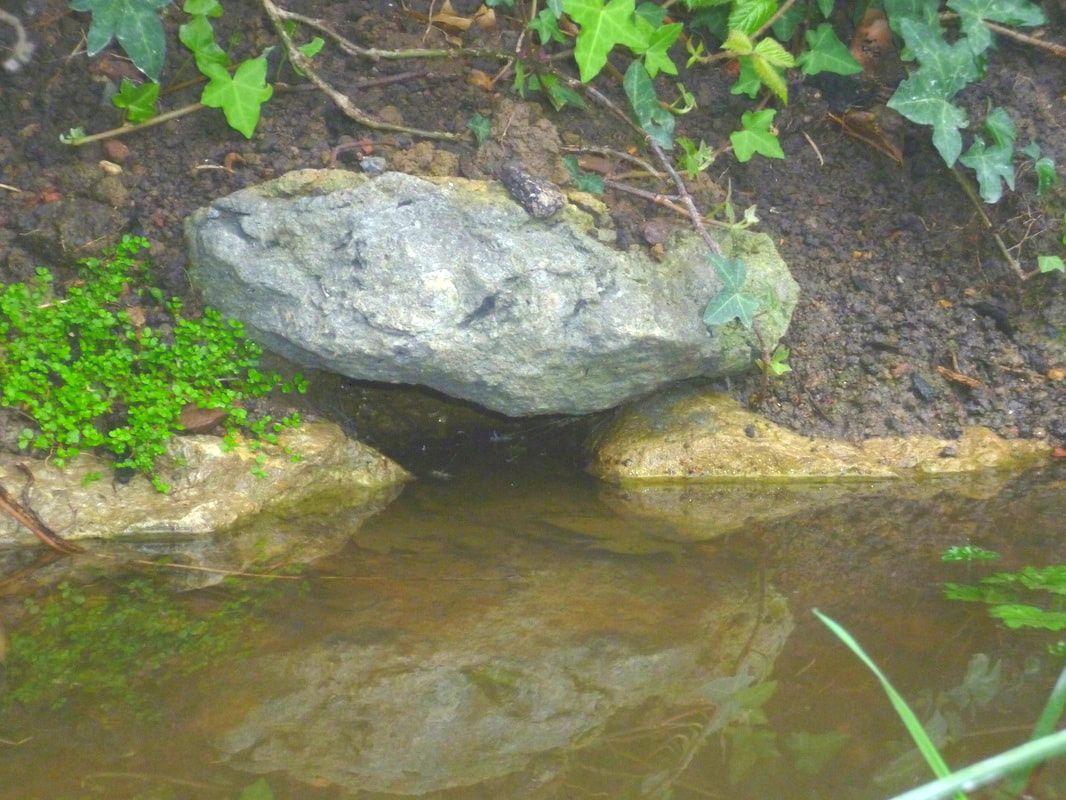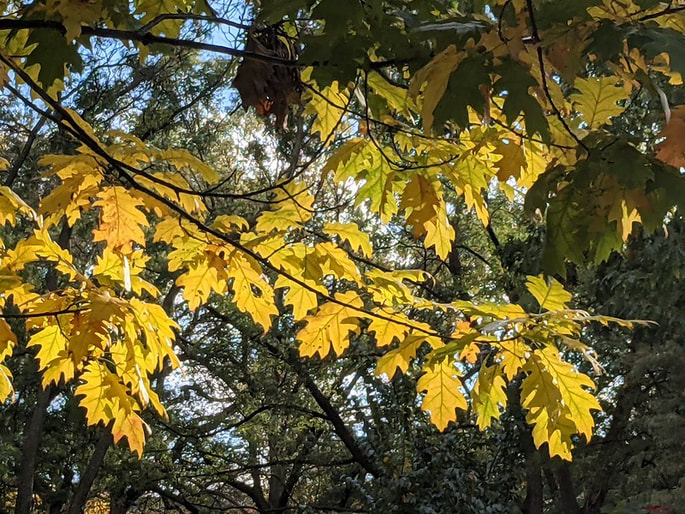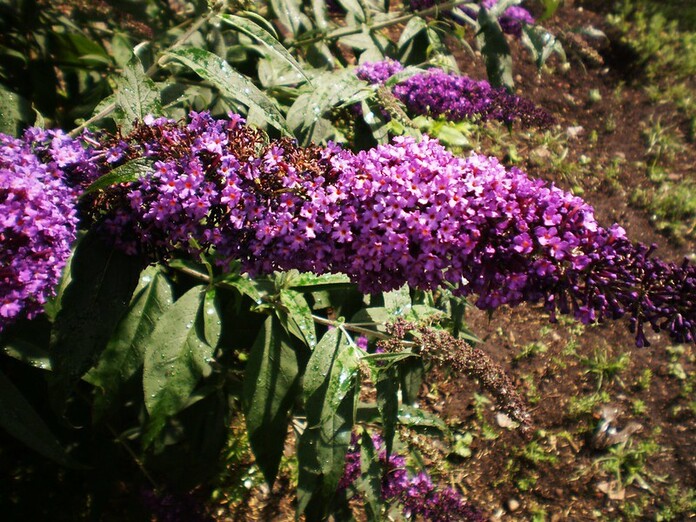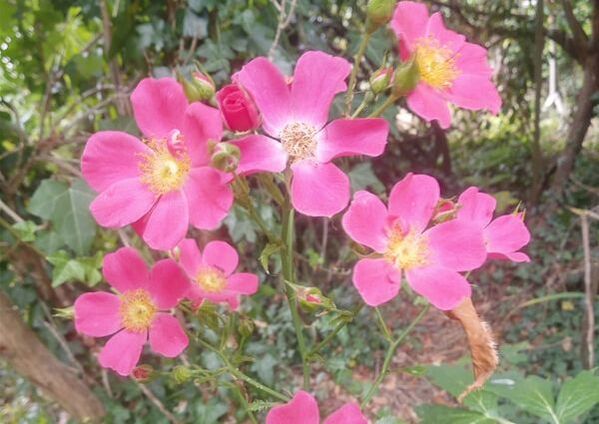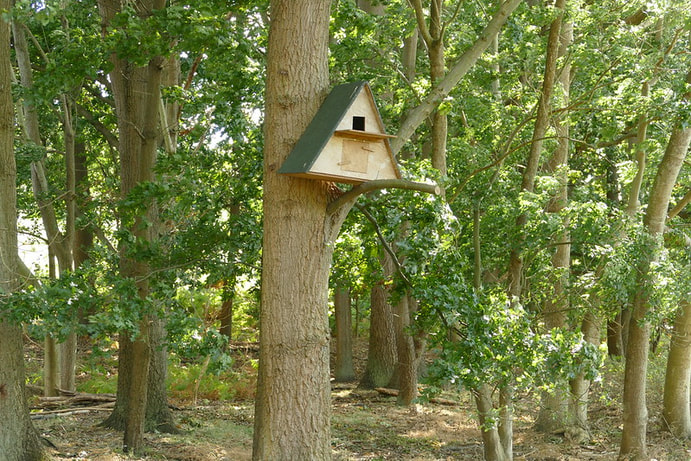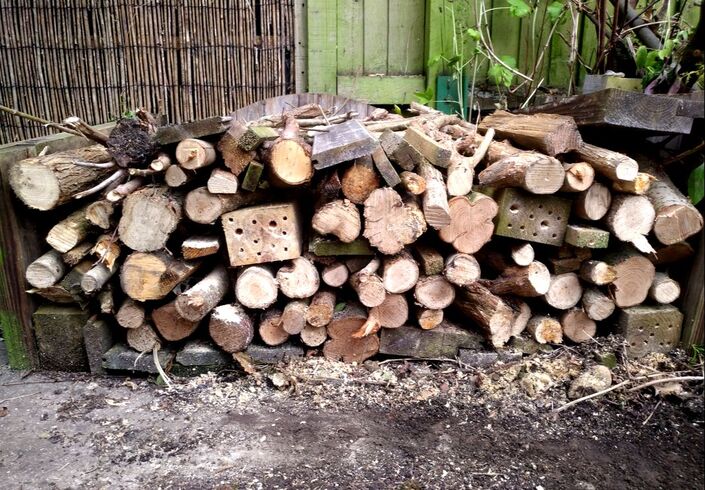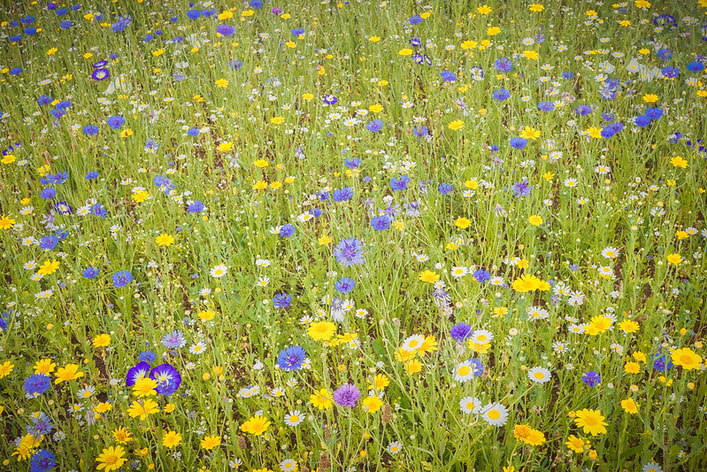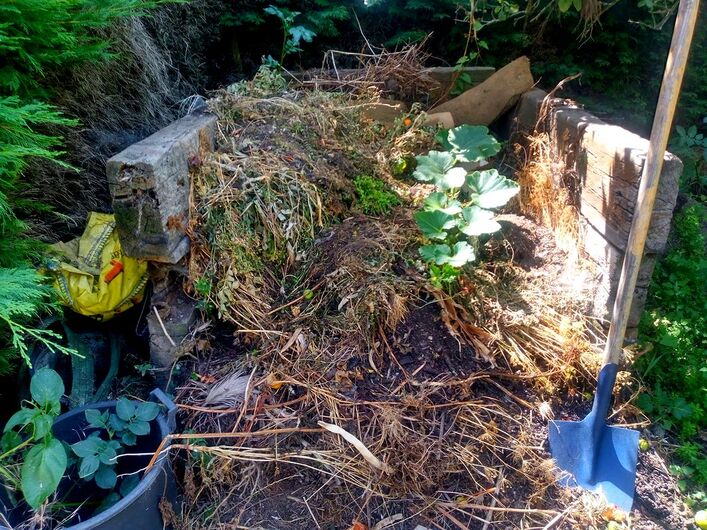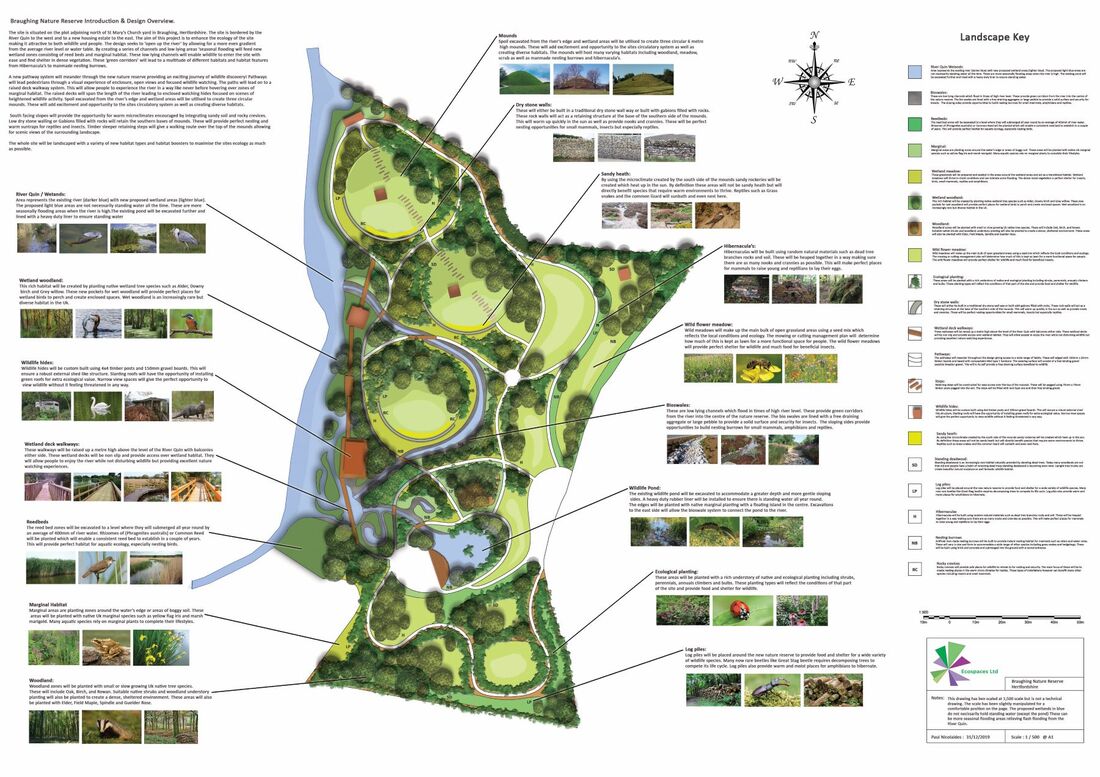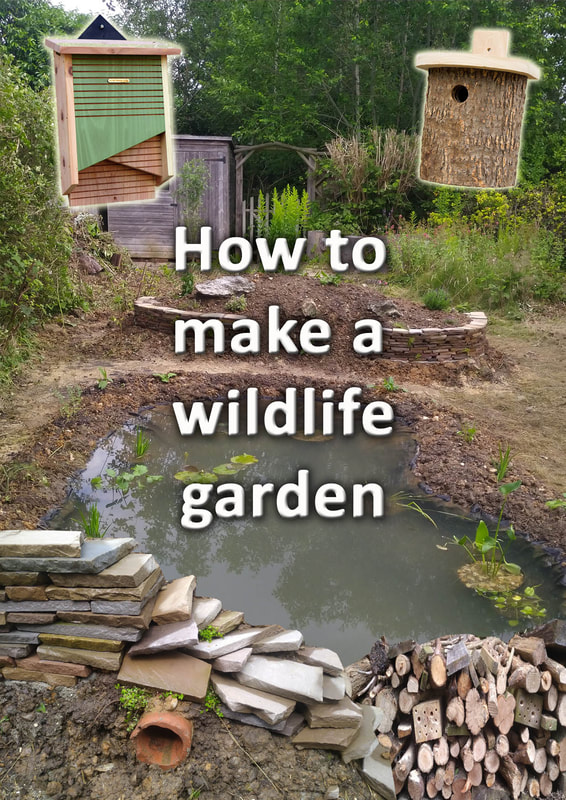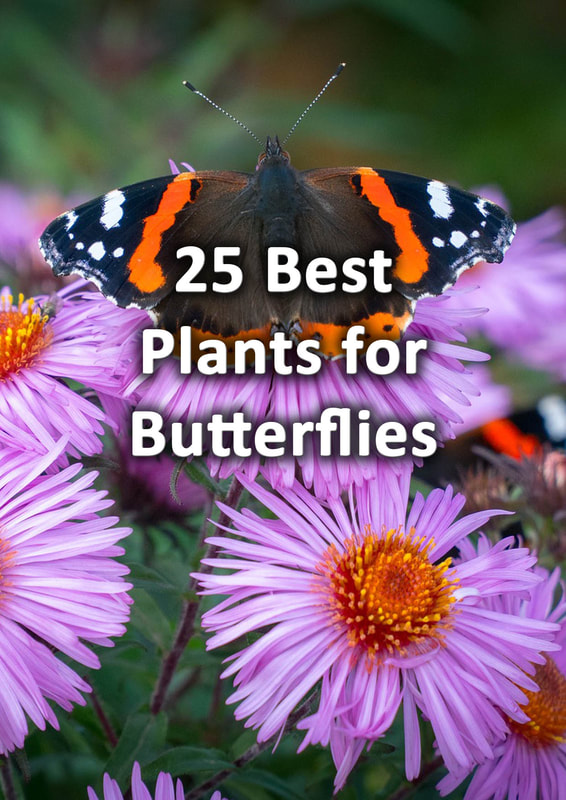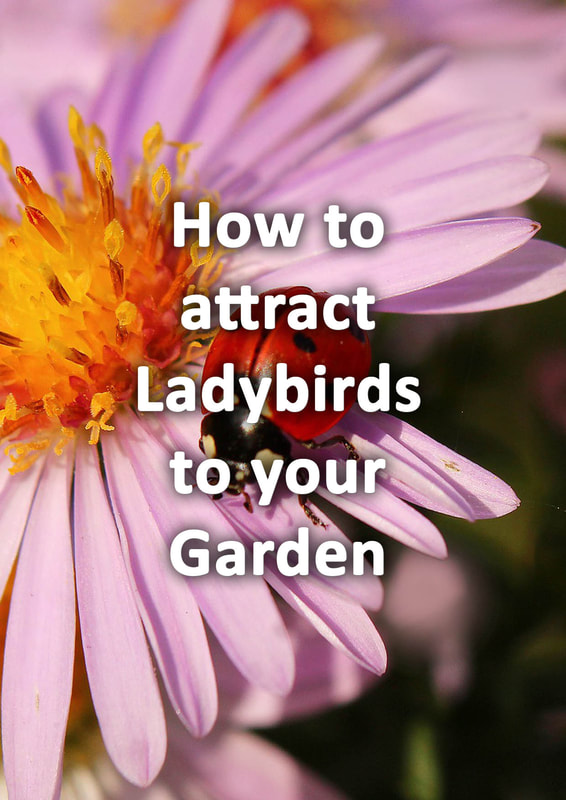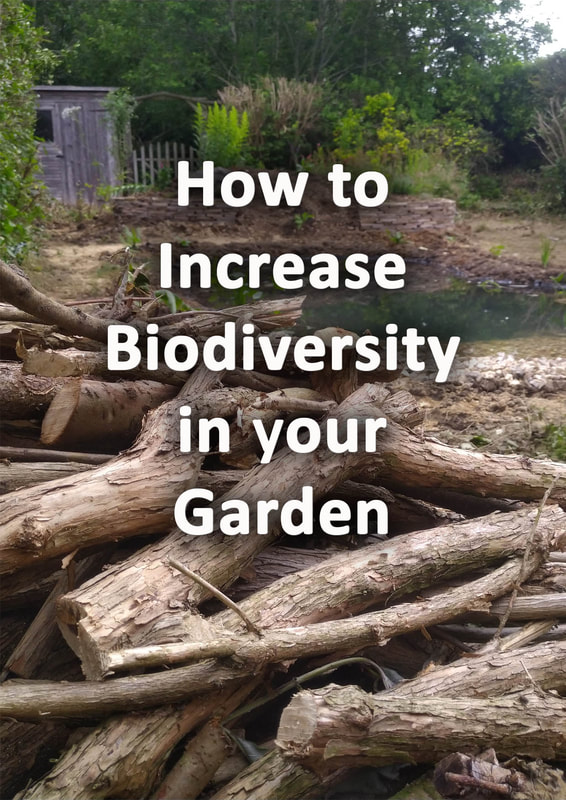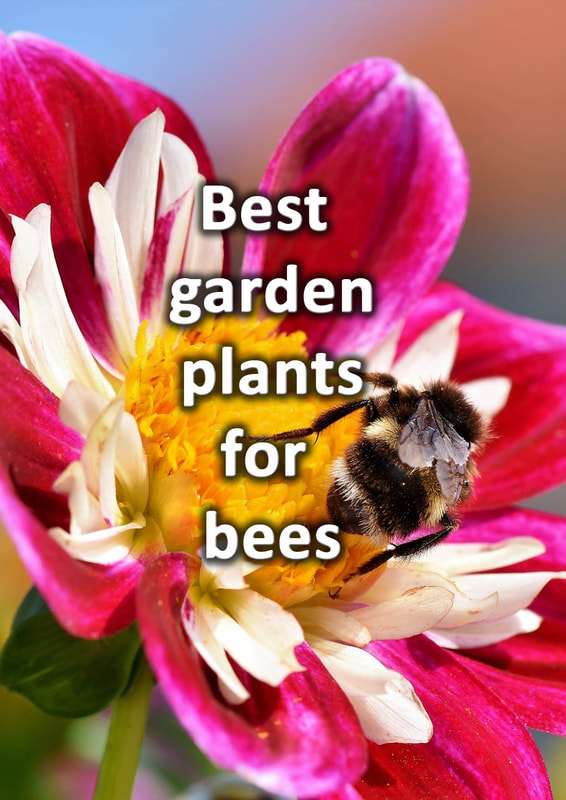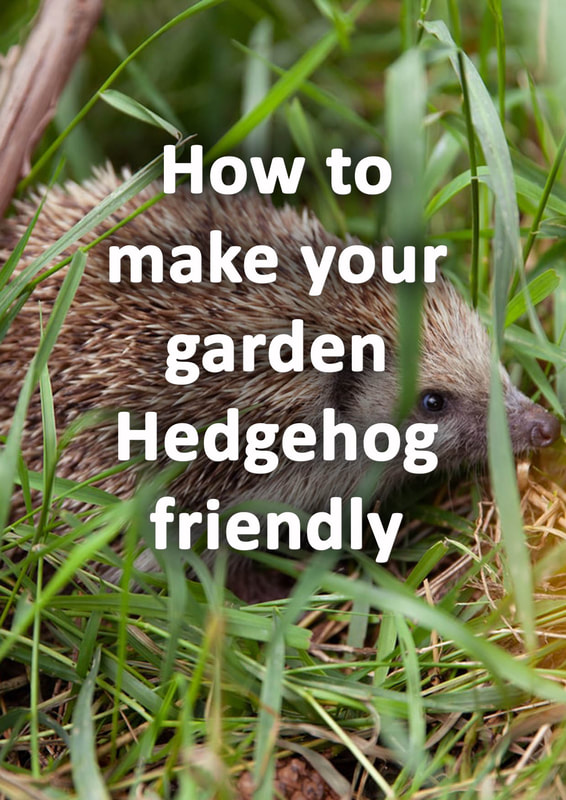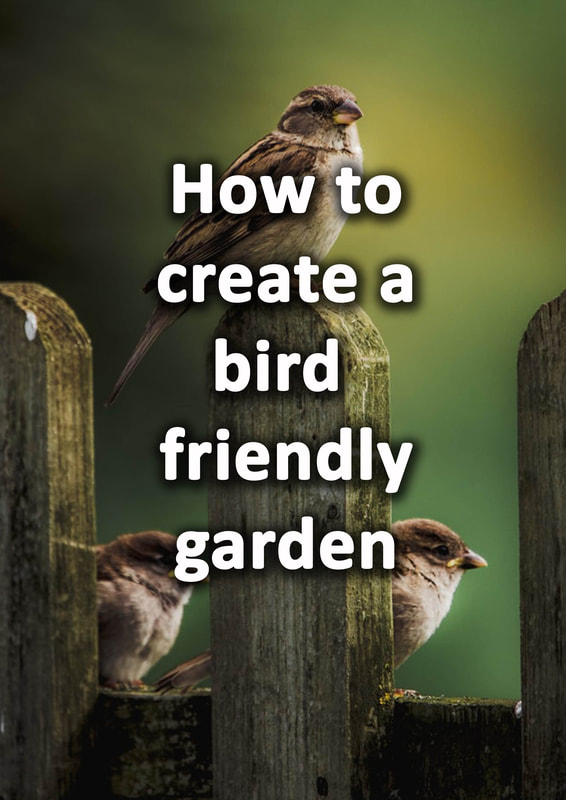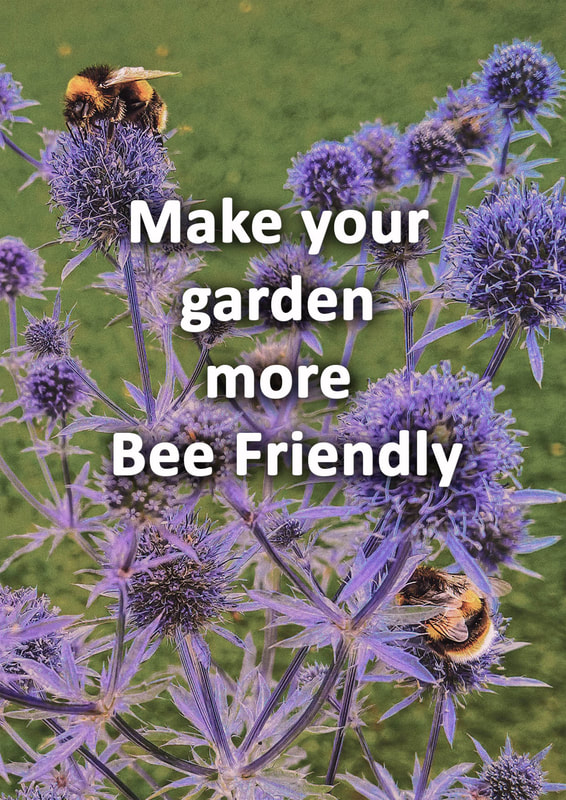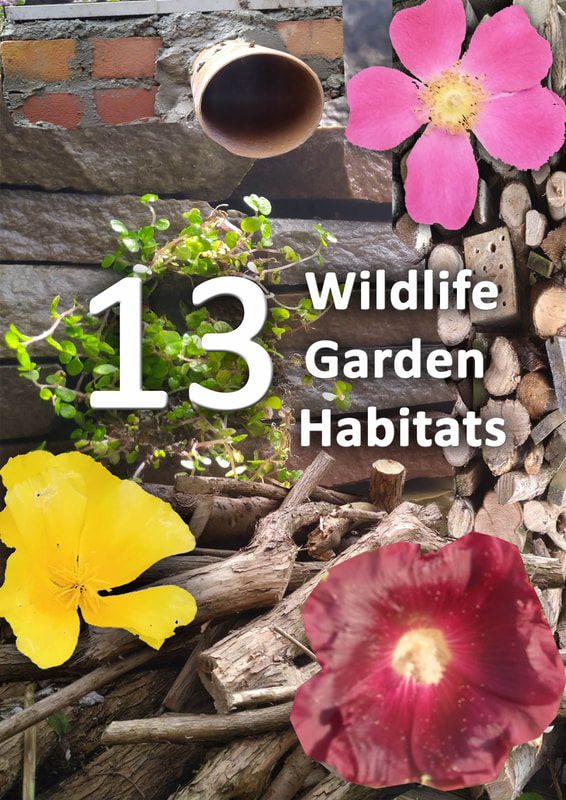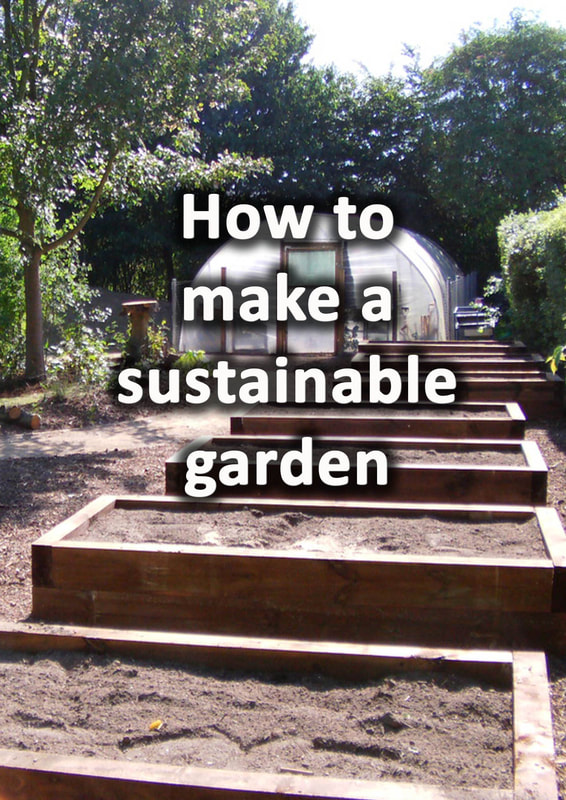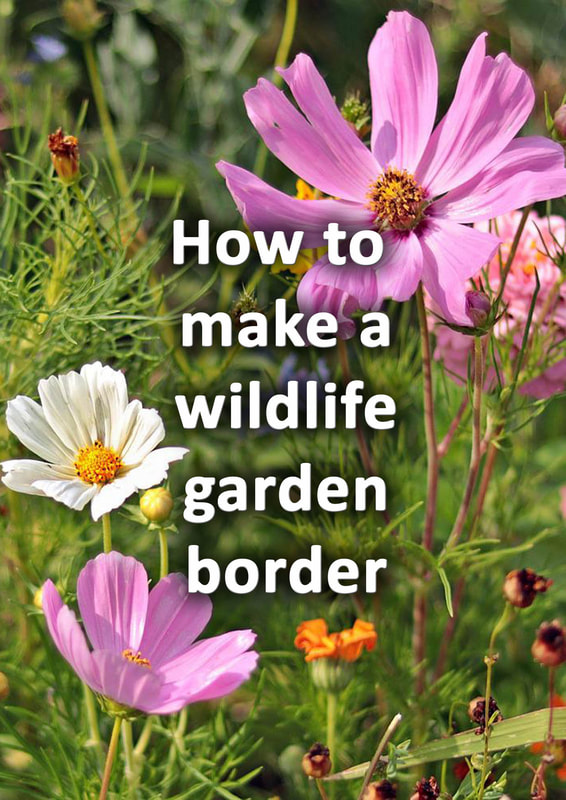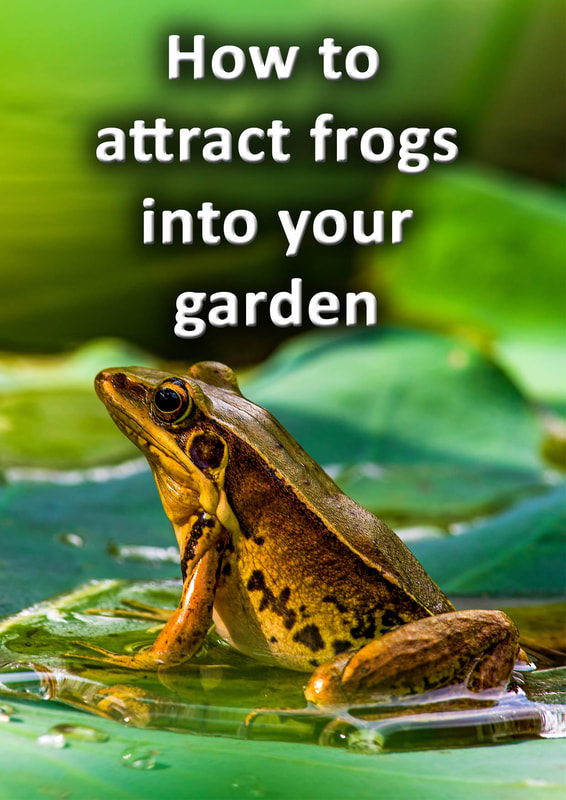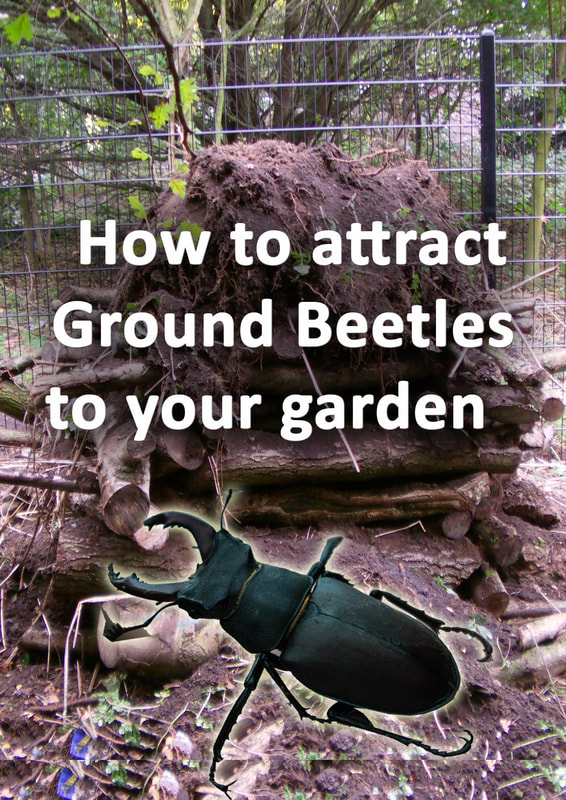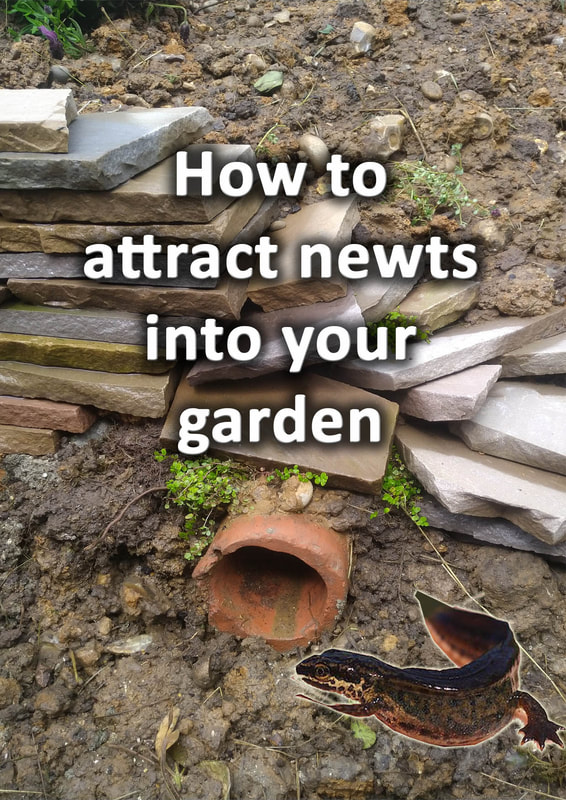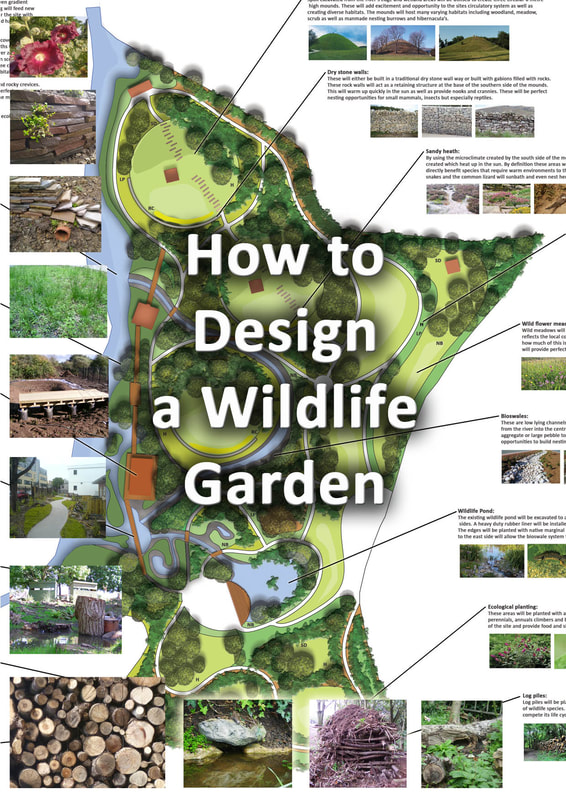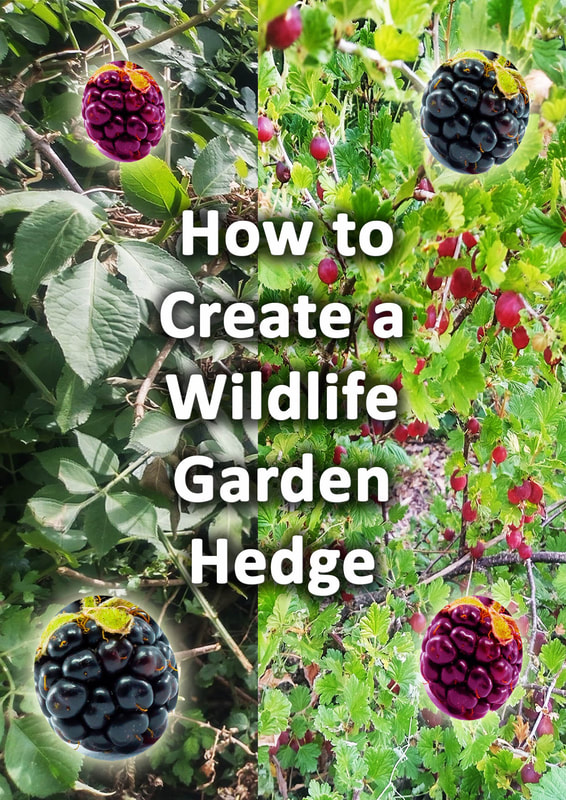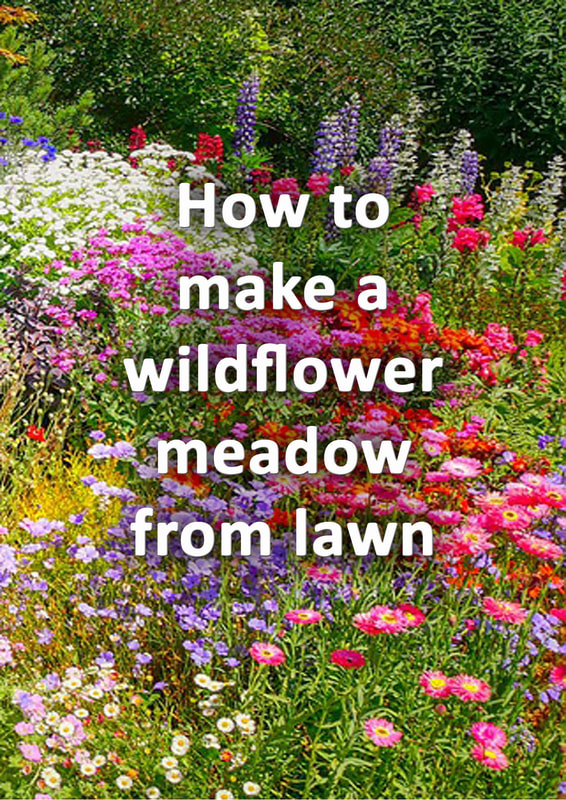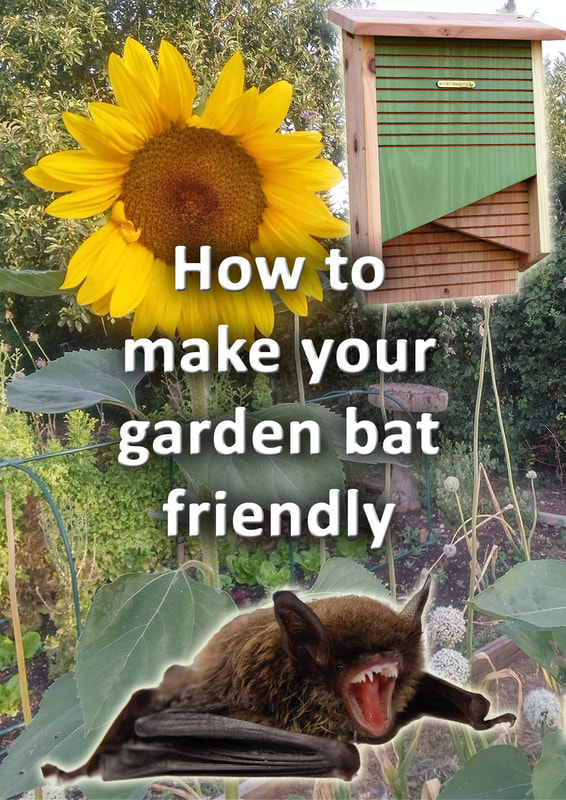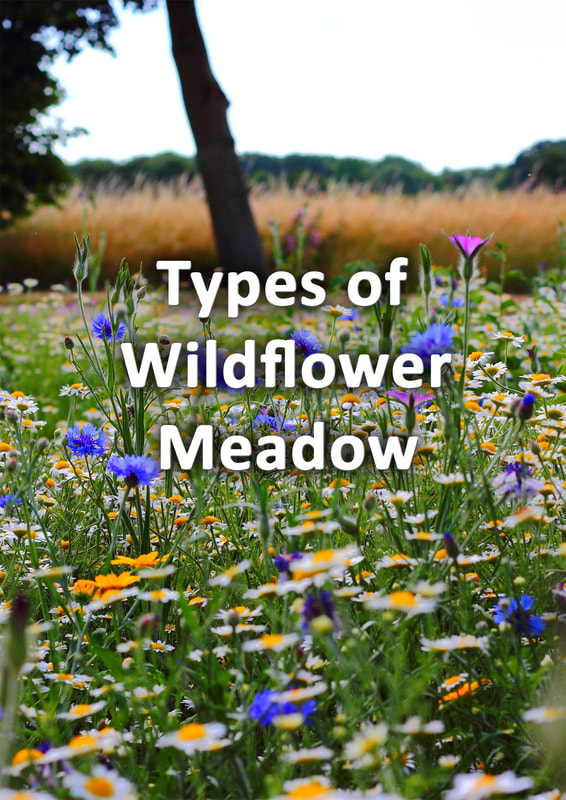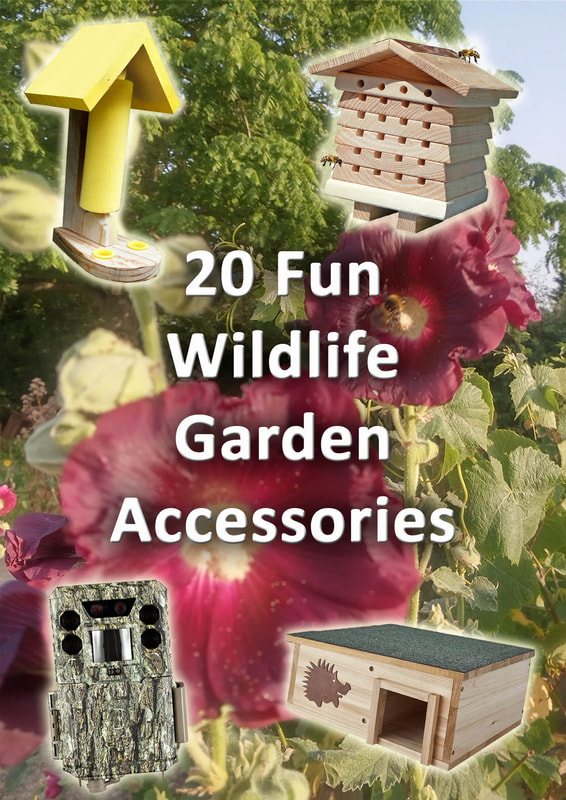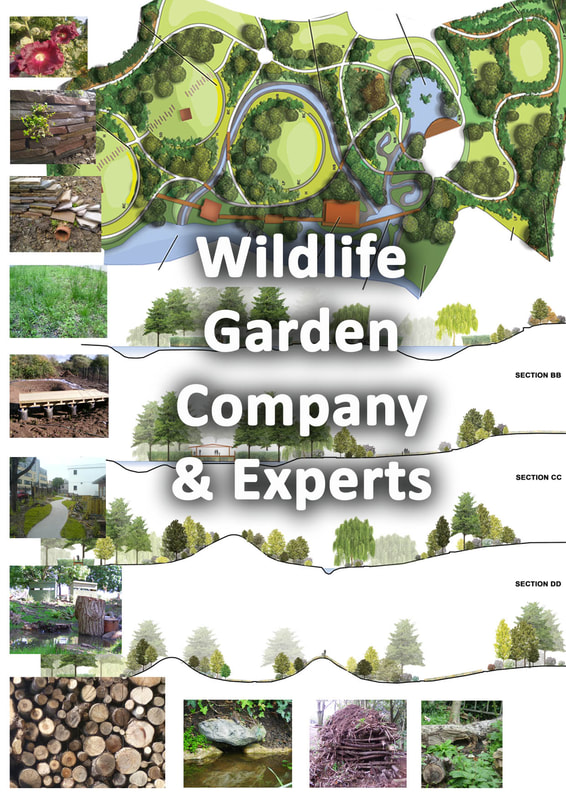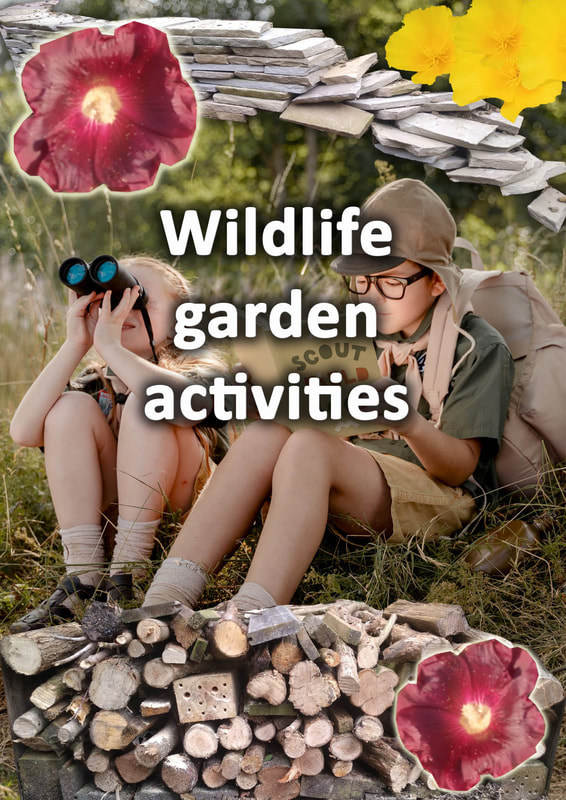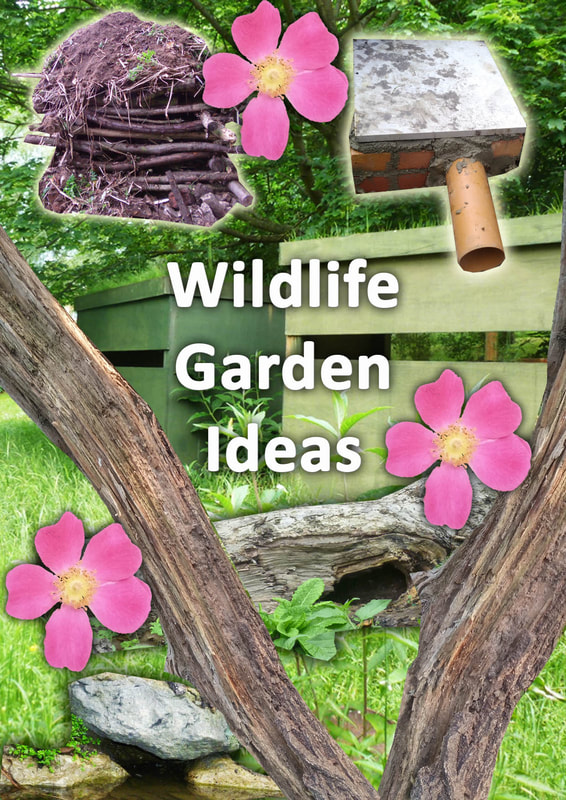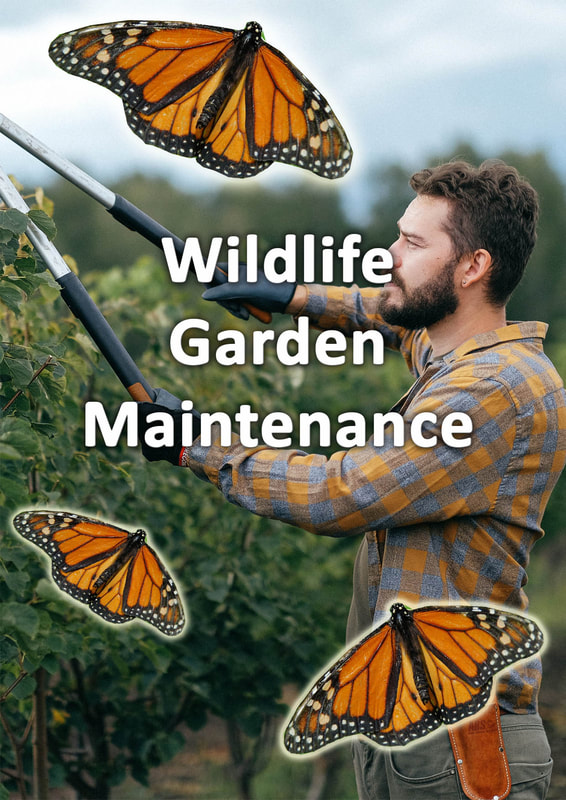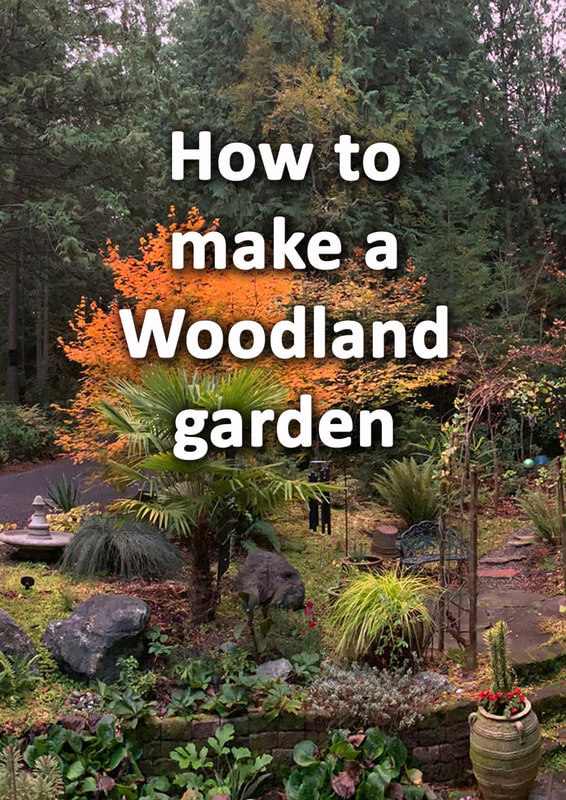|
This article contains affiliate links
Wildlife gardens can be a really exciting way to enjoy wildlife from the comfort of your own home.
Not to be underestimated, residential gardens are vitally important for very many wildlife species. Planted with hundreds of varieties of plants means they are extremely rich in biodiversity. This makes wildlife gardens a magnet for hundreds of wild, species seeking both food and shelter. However if you are planning a new wildlife garden there are some wildlife garden essentials to take note of. These essentials will separate your garden from all the rest making it a haven for local ecology. In this article, I list 8 wildlife garden essentials to make your very own nature reserve perfect!
One of our school wildlife garden design projects
8 Wildlife garden essentials
1. Wildlife ponds & wetland habitat
Wildlife ponds and wetland habitats are some of the most important for encouraging wildlife to your garden. Water is essential for all life and wildlife is no exception! Wildlife ponds allow thirsty creatures to drink and even bathe in the shallows. However ponds actually support whole ecosystems of freshwater aquatic species. Within weeks of installing a new pond many wetland species will already be colonising. Some wildlife species will visit your pond for the sole purpose of breeding. Expect to see a dramatic increase in wildlife species within the first year of installing a pond. 2. TreesMost environments on planet earth without any human intervention would be covered in forests. Trees provide soil stabilisation, as well as food and shelter for millions of species across the planet. Not all wildlife gardens will be large enough for large trees. However there are plenty of smaller tree species which are great for wildlife gardens. Some of the best of these are fruit trees. Fruit trees such as apples, plums and cherries provide nectar early on in springtime via their flowers. This can be a vital source of early food for insects after a long winter’s hibernation. They also provide tasty fruits for consumption later on in the season. Fruit trees can be kept small by pruning or trained along a warm wall or fence. Larger trees can host nesting boxes and feeding stations for larger species. 3. Shrubs
Shrubs act as nature’s intermediary vegetation between trees and ground level plants. In forests they provide multiple canopies and dense shelter for multiple species. Shrubs are also typical of transitional woodland habitats and scrubland. The bushy growing habit of these plants means they are perfect for creating dense thickets of vegetation. Such environments are perfect for providing security for larger animals and nesting for birds. There are many garden shrubs which are both beautiful and extremely beneficial for wildlife. Some of these include Butterfly bush, St Johns wort, firethorn and Cotoneaster. 4. Plants
Being referred to in a very broad sense here but represented by herbaceous perennials biennials and annuals. These low level growing species of plants include many thousands of species covering a range of different habitats. Plants can create dense vegetation at ground level for species to hide and feed upon. Their seasonal flowers provide pollen and nectar for pollinators and also look amazing in flower borders. Small flowering plants make wildflower meadows some of the richest habitats within the countryside and wildlife garden projects. For a full list of the best plants for attracting wildlife visit our comprehensive article here. 5. Nest boxesAn increased amount of deforestation in the past couple of centuries has led to a dramatic reduction in birds. Before the industrial revolution we had not yet tapped into fossil fuels for our primary source of energy. This meant we relied upon managed woodlands in the form of coppice for fuel. This also created plenty of habitat and nesting opportunities for birds. With significantly lower amounts of forest today nest boxes can provide valuable breeding sites. Nest boxes can also provide great places to overwinter for birds, bats and even small mammals. Nest boxes are now available for ground dwelling wildlife such as hedgehogs too! 6. Deadwood
Naturally without human intervention, woodlands would cover most farmable land across the planet. Therefore dead and dying wood would naturally be a very common part of the landscape. It is no wonder there are thousands of associate species affiliated with this kind of habitat. Research has shown that these dead wood ecosystems are essential for our own survival. The natural decomposers found in dead wood are essential for healthy topsoil. This is the very soil we depend upon to grow healthy crops. Every wildlife garden should do its bit to encourage this essential habitat. Simply pile up old logs into stacks and piles around your wildlife gardens borders. You can also set logs, vertically into the ground to re-create extremely rare ‘standing deadwood’ habitats. 7. Wild meadows
Wild meadows were historically grown to provide hay for farm animals during the winter months. However these grasslands evolved to become extremely rich in plant and animal life. Wildflowers would grow amongst the grasses creating, large scale, floral displays across the landscape. These wildflowers became an important source of food for pollinating insects. The dense vegetation also provided shelter for many species of insects, birds, reptiles and small mammals. Not only are wildflower meadows extremely beneficial for wildlife they are also very beautiful. This makes them a classic wildlife garden essential. Meadows can be established by purchasing meadow plugs, seeding or wildflower meadow turf. 8. Compost heaps
Composting is an effective and great way to recycle garden materials and produce organic fertiliser. However many do not realise composting's importance for wildlife. Like dead wood habitats, composting encourages decomposers within the garden ecosystem. These comprise of many different species of fungi, bacteria, invertebrates and insects. These organisms invigorate the lower part of the wildlife gardens ecosystem. This leads to abundant soil life and which helps to feed organisms higher up the food chain. The best compost heaps for wildlife consist of large piles of organic matter in a secluded part of the garden. These warm, moist, heaps are perfect places for reptiles to lay eggs and other creatures to overwinter. Try to stay away from sealed compost bins, These have little benefit for local wildlife. Our wildlife garden services include:
Wildlife garden services
Buckinghamshire landscape gardeners are experts in wildlife garden design and construction.
Acting as the domestic landscaping part of Ecospaces we have over 20 years experience in ecological landscaping and sustainable construction. If you are interested in our wildlife garden services please do not hesitate to contact us.
Thank you for reading our article on the 8 wildlife garden essentials. For further reading we have included some of our other wildlife garden articles below.
'As an Amazon associate I earn from qualifying purchases'
0 Comments
Leave a Reply. |
The Author
|
Landscaping services across Buckinghamshire, Amersham, Aylesbury & High Wycombe
Hyde Heath, Amersham, Buckinghamshire |
|
